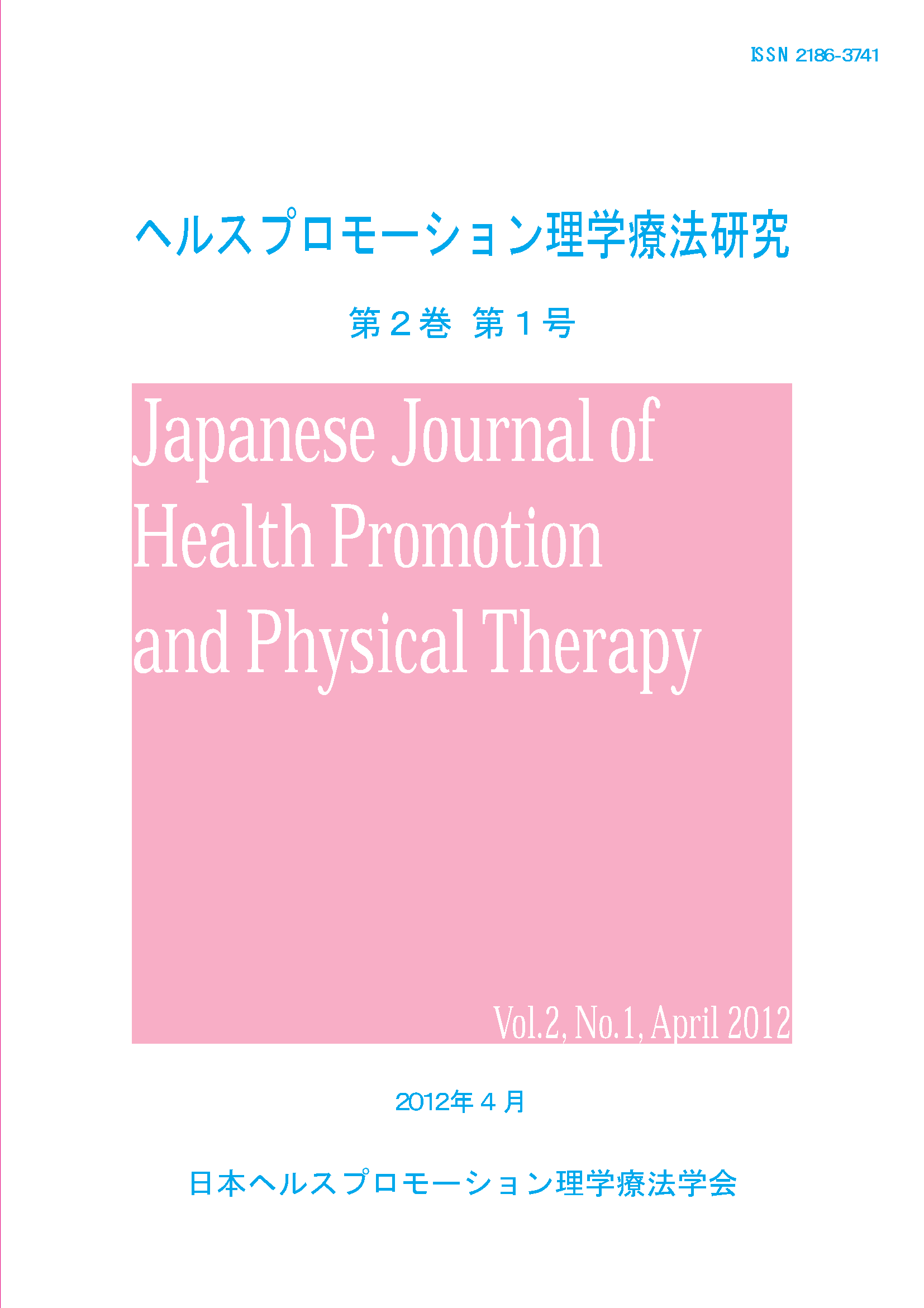Volume 2, Issue 1
Displaying 1-7 of 7 articles from this issue
- |<
- <
- 1
- >
- >|
ORIGINAL ARTICLES
-
2012Volume 2Issue 1 Pages 1-4
Published: 2012
Released on J-STAGE: March 08, 2013
Download PDF (53K) -
2012Volume 2Issue 1 Pages 5-10
Published: 2012
Released on J-STAGE: March 08, 2013
Download PDF (42K) -
2012Volume 2Issue 1 Pages 11-17
Published: 2012
Released on J-STAGE: March 08, 2013
Download PDF (65K)
SHORT REPORT
-
2012Volume 2Issue 1 Pages 19-22
Published: 2012
Released on J-STAGE: March 08, 2013
Download PDF (108K) -
2012Volume 2Issue 1 Pages 23-26
Published: 2012
Released on J-STAGE: March 08, 2013
Download PDF (82K) -
2012Volume 2Issue 1 Pages 27-32
Published: 2012
Released on J-STAGE: March 08, 2013
Download PDF (275K) -
2012Volume 2Issue 1 Pages 33-36
Published: 2012
Released on J-STAGE: March 08, 2013
Download PDF (32K)
- |<
- <
- 1
- >
- >|
